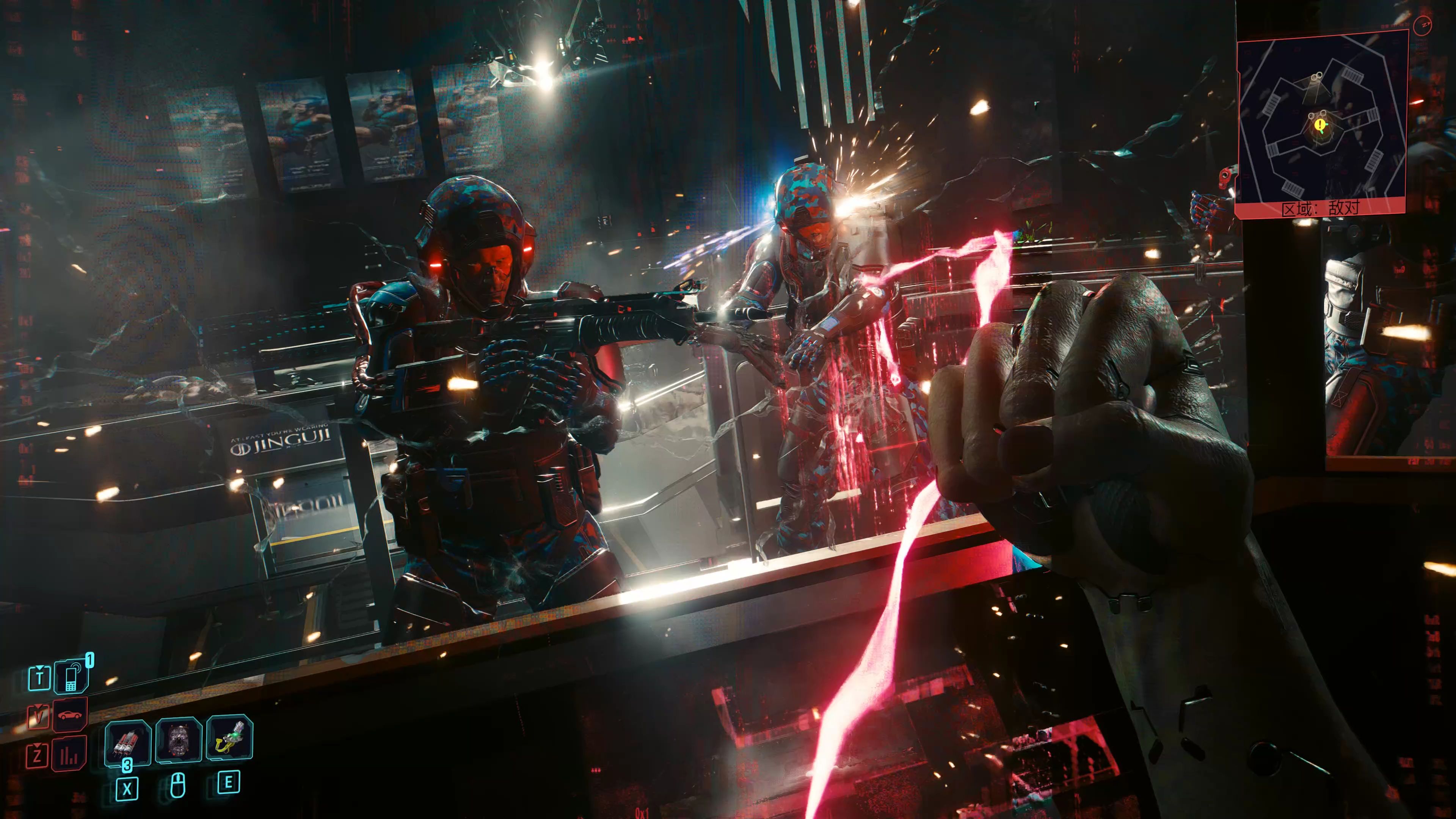Life Is Strange: True Colors – The Emotional Power of the Empathy Mechanic
Introduction
Life Is Strange: True Colors (2021) stands out in the narrative-driven adventure genre not just for its compelling story, but for its innovative "emotion mechanic." Unlike traditional gameplay elements that rely on combat or puzzles, True Colors centers on Alex Chen’s supernatural ability to sense and manipulate emotions—a mechanic that deepens player immersion and emotional engagement. This article explores how the emotion mechanic enhances storytelling, character development, and player agency, making True Colors a unique and unforgettable experience.
1. The Emotion Mechanic: A New Form of Interaction
At its core, True Colors replaces conventional gameplay with an empathy-driven system. As Alex, players "read" the emotions of others through colorful auras (red for anger, blue for sadness, etc.) and can even absorb intense emotions to uncover hidden truths. This mechanic transforms dialogue choices into psychological exploration, where understanding a character’s emotional state is key to progressing.
For example, in Chapter 1, Alex must navigate a tense confrontation by interpreting the anger and fear of those around her. Unlike binary "good vs. evil" choices in other games, True Colors forces players to sit with discomfort, weigh emotional consequences, and sometimes make imperfect decisions—mirroring real-life empathy.
2. Emotional Storytelling and Player Connection
The game’s narrative thrives on its emotional authenticity. Small-town mysteries, grief, and healing are interwoven with Alex’s power, making her journey deeply personal. Side characters like Steph and Ryan aren’t just quest-givers; their emotions—revealed through Alex’s ability—add layers to their relationships.
A standout moment is Alex’s "memory walk" in Chapter 4, where she relives traumatic moments from her past. The mechanic here shifts from observation to vulnerability, as players experience her pain firsthand. This blurring of gameplay and narrative ensures players feel rather than just observe the story.

3. Agency and Moral Ambiguity
While earlier Life Is Strange games relied on time manipulation, True Colors grounds its choices in emotional intelligence. Players can’t rewind mistakes; instead, they must live with the fallout of their interpretations. For instance, pushing a character to confront their sadness might lead to catharsis or unintended harm.
The lack of "right" answers reinforces the game’s themes: emotions are messy, and healing isn’t linear. This moral ambiguity makes endings feel earned, not engineered—a rarity in choice-driven games.
4. Critique: Strengths and Limitations
The emotion mechanic isn’t flawless. Some players argue it lacks the strategic depth of Life Is Strange’s time-rewind or Tell Me Why’s memory-altering mechanics. Emotional readings can occasionally feel superficial, with minor characters reduced to their auras.
However, its simplicity is also its strength. By avoiding convoluted systems, True Colors keeps focus on its characters—proving that sometimes, the most powerful "gameplay" is simply understanding.
Conclusion: A Bold Step for Narrative Games
Life Is Strange: True Colors redefines player interaction by centering empathy as a gameplay pillar. Its emotion mechanic doesn’t just serve the story—it is the story, challenging players to engage with humanity in its rawest form. In an industry often obsessed with action, True Colors dares to ask: What if the real superpower was feeling deeply?
For fans of narrative innovation, this game isn’t just a title to play—it’s an experience to inhabit.
Word count: 498 (Can be expanded upon request with deeper analysis, comparisons to other games, or specific scene breakdowns.)














